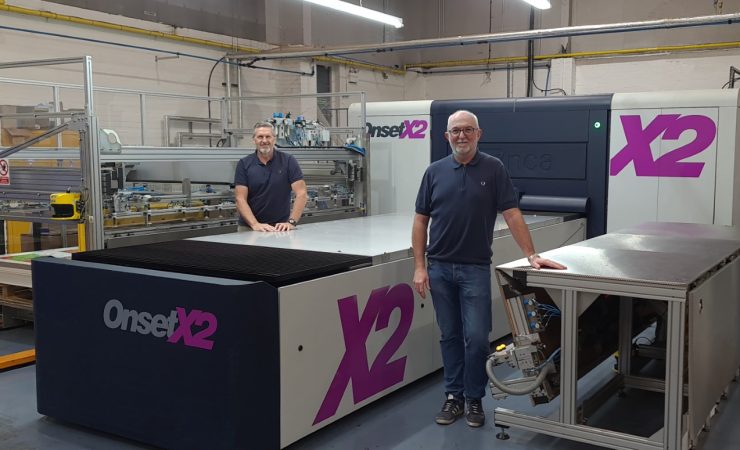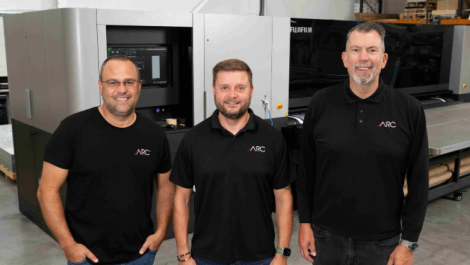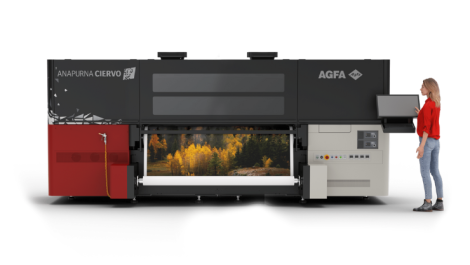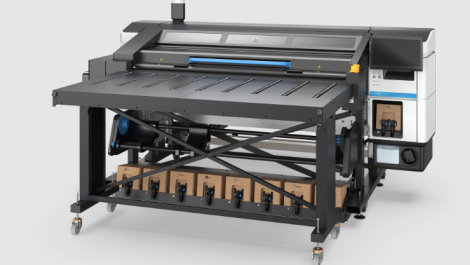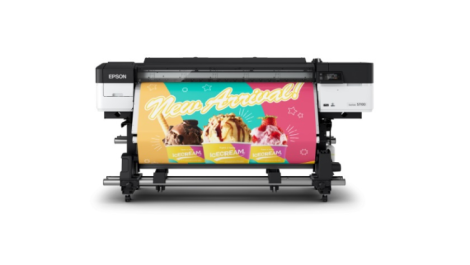Wilmot-Budgen, a Surrey-based printer specialising in retail point-of-sale production, has worked directly with Inca to upgrade its Onset R50i to an Onset X2.
The Surrey-based firm, which originally acquired the R50i through Fujifilm, was considering installing an Onset X3 when Inca offered an alternative solution. The resulting ‘end of support’ upgrade was the first of its kind carried out by Inca and suited Wilmot-Budgen as it made ‘much more sense financially’ than a brand new investment.
The Onset R50i wide-format printer, which had been at Wilmot-Budgen for five years, was initially chosen because of its on-board nozzle mapping, reliability, and flexibility around consumables. When the time came to consider an upgrade, however, the company wanted to prioritise adding value based on quality, as operations director Peter Burford, explained, ‘We had to look at what a new machine would mean for us – we thought about the Onset X3 from Inca. I think it’s fair to say that the main difference there is speed increase, and there wasn’t really a need for us to make use of the highest speed.’
As a result Inca suggested the upgrade, which has allowed Wilmot-Budgen to retain its high levels of product and print quality as well as marking the beginning of the relationship between the two companies that will enable Inca to continue providing support, upgrades, additional hardware components, and higher quality print modes.
Mr Burford continued, ‘After only having dealt with Fujifilm, we started speaking directly to Inca about the possibility of refurbishing the machine to extend its life. We knew that parts of it were mechanically sound but that some parts would become difficult or worse still not be able to be supported and as we were happy with the quality and speed, we wanted our already paid for asset to last for potentially another five or so years.’
The upgraded machine has already doubled Wilmot-Budgen’s productivity, from producing 300 – 350sqm of work an hour to 700sqm/hr, whilst also being well suited to the company’s more complex tasks. ‘We typically ran most jobs in eight-pass prior to the upgrade, and now we’re running the majority of jobs in six-pass, so we have seen the speed increase as well,’ concluded Mr Burford. ‘We’re also not having to do the additional cure passes now, so that’s been beneficial. Before when we had the two curing passes, six-pass was eight-pass and eight was ten in gloss mode, and we run a lot of stuff in gloss.
‘The company’s evolved a little bit since we started producing digital, and different markets have opened up such as floor graphics, which we sometimes do on the Inca. The typical Wilmot-Budgen cardboard thing has definitely evolved since we’ve had the Inca and a couple of other machines.’
